The gaming monitors market in Europe is characterized by a dynamic competitive landscape, driven by rapid technological advancements and evolving consumer preferences. Key players such as ASUS (TW), Acer (TW), and Dell (US) are at the forefront, each adopting distinct strategies to enhance their market positioning. ASUS (TW) focuses on innovation, particularly in high-refresh-rate displays, which appeals to competitive gamers. Acer (TW) emphasizes regional expansion, targeting emerging markets within Europe to capture a broader audience. Dell (US), on the other hand, leverages its strong brand reputation and customer service to maintain a loyal customer base, while also investing in digital transformation initiatives to streamline operations. Collectively, these strategies contribute to a competitive environment that is increasingly centered around technological differentiation and customer-centric solutions.
In terms of business tactics, companies are increasingly localizing manufacturing to reduce lead times and optimize supply chains. This approach not only enhances responsiveness to market demands but also mitigates risks associated with global supply chain disruptions. The competitive structure of the market appears moderately fragmented, with several key players holding substantial market shares, yet leaving room for niche brands to thrive. The collective influence of these major companies shapes pricing strategies and product offerings, fostering a competitive atmosphere that encourages innovation.
In October 2025, ASUS (TW) announced the launch of its latest ROG Swift OLED gaming monitor, which features a 240 Hz refresh rate and advanced HDR capabilities. This strategic move underscores ASUS's commitment to catering to high-end gamers seeking superior performance. The introduction of this product is likely to strengthen ASUS's market position, as it aligns with the growing demand for high-performance gaming displays.
In September 2025, Acer (TW) revealed its partnership with a leading European esports organization to develop co-branded gaming monitors. This collaboration not only enhances Acer's visibility within the esports community but also allows the company to tailor its products to the specific needs of competitive gamers. Such strategic partnerships may prove crucial in establishing brand loyalty and driving sales in a highly competitive market.
In August 2025, Dell (US) expanded its Alienware gaming monitor line with the introduction of a new model featuring NVIDIA G-SYNC technology. This addition reflects Dell's strategy to integrate cutting-edge technologies into its product offerings, thereby appealing to gamers who prioritize smooth gameplay and reduced screen tearing. The move is indicative of Dell's focus on maintaining its competitive edge through continuous innovation.
As of November 2025, the gaming monitors market is witnessing trends such as digitalization, sustainability, and AI integration, which are reshaping competitive dynamics. Strategic alliances, like those seen with Acer (TW), are becoming increasingly prevalent, allowing companies to leverage shared expertise and resources. Looking ahead, competitive differentiation is likely to evolve, shifting from price-based competition to a focus on innovation, technological advancements, and supply chain reliability. This transition suggests that companies that prioritize these aspects will be better positioned to thrive in the future.

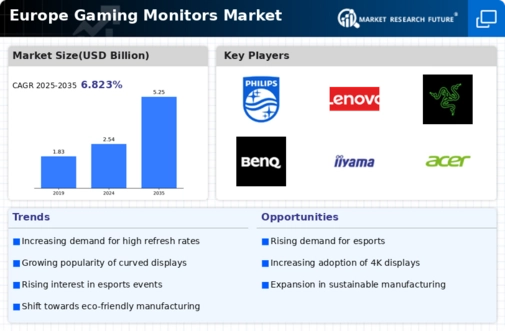
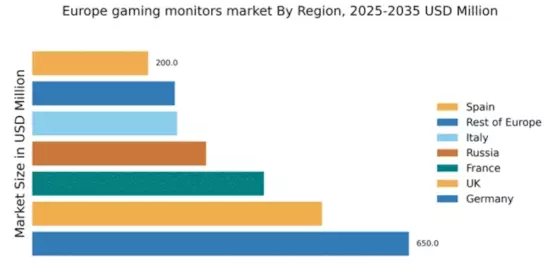
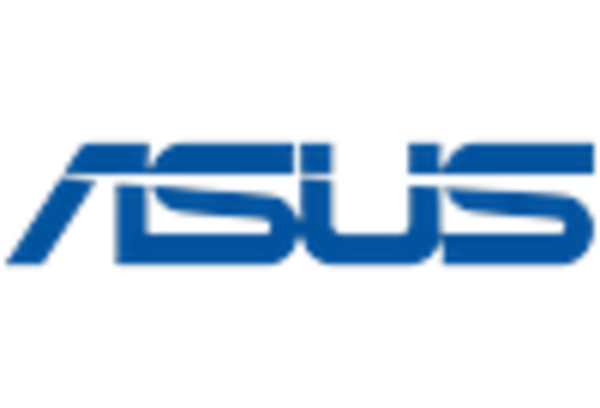


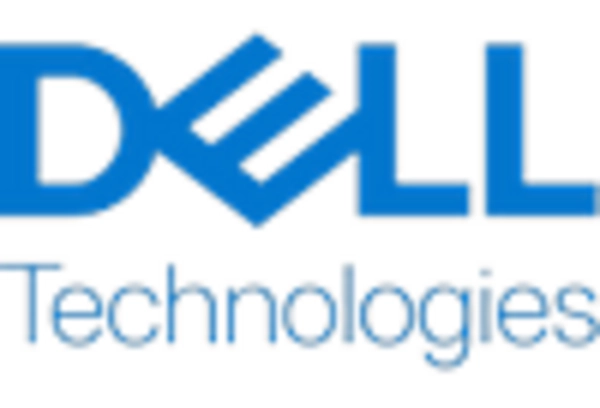
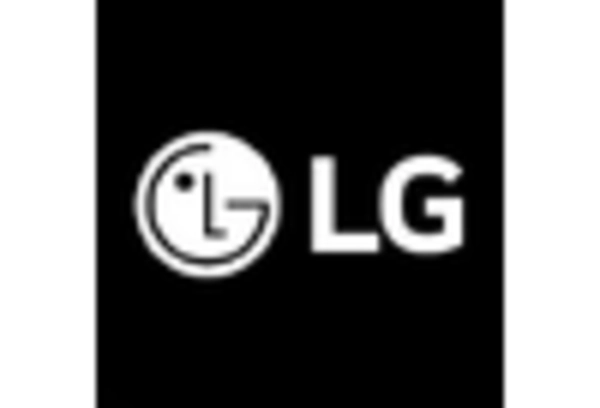









Leave a Comment